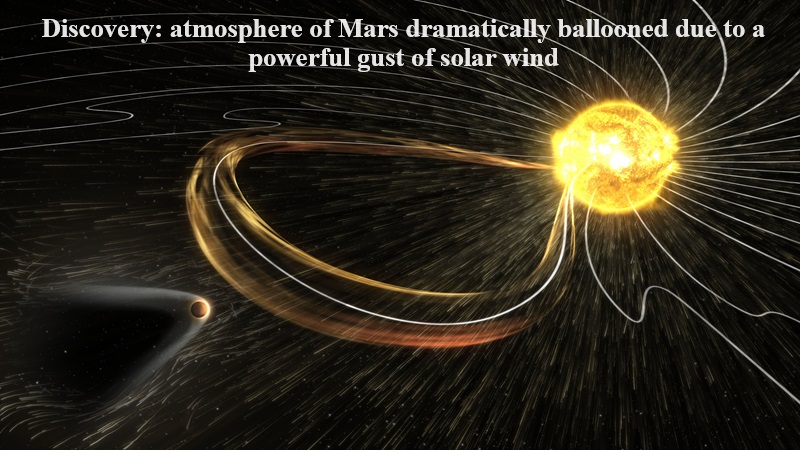
In a remarkable event observed by the MAVEN spacecraft, Mars experienced a dramatic expansion of its atmosphere on December 26, 2022, due to a void created by a powerful gust of solar wind. The MAVEN spacecraft, which is in orbit around Mars, recorded a sharp drop in solar particles during this occurrence, coinciding with a startling change in the planet’s atmosphere. The magnetosphere and ionosphere of Mars expanded by thousands of kilometers, tripling its size.
The last time scientists observed a similar phenomenon was in 1999 when a sudden drop in solar wind led to the outward swelling of Earth’s magnetosphere, increasing its volume by 100-fold. The recent observations offer a rare glimpse into how Mars responds to abrupt changes in the conditions of the solar system and provide insights into the interactions between planets and their environments around different stars.
The event was unprecedented, and when scientists analyzed the data, they found the drop in solar wind to be so dramatic that it was initially almost unbelievable. Lead author Jasper Halekas, a professor at the University of Iowa, expressed the team’s surprise and excitement, stating, “We formed a working group to study the event, and we have found this time period to be rich with incredible findings.”
Ordinarily, the solar wind maintains a constant presence in the solar system, enveloping all planets. Solar winds consist of streams of particles emanating from the Sun, creating ambient pressure throughout the solar system. This ambient pressure subsides at a boundary called the heliopause. However, on December 26, 2022, Mars experienced a unique type of wind. It involved two solar winds—one slower, swept up and engulfed by a faster wind coming from behind—resulting in the outward continuation as a unified superwind.
This unusual event provides scientists with valuable data to understand how Mars behaves in response to changing solar conditions and offers insights into the dynamics of planetary interactions in the solar system. The observations contribute to our understanding of the complex relationships between planets and their surrounding environments.

Post Your Comments